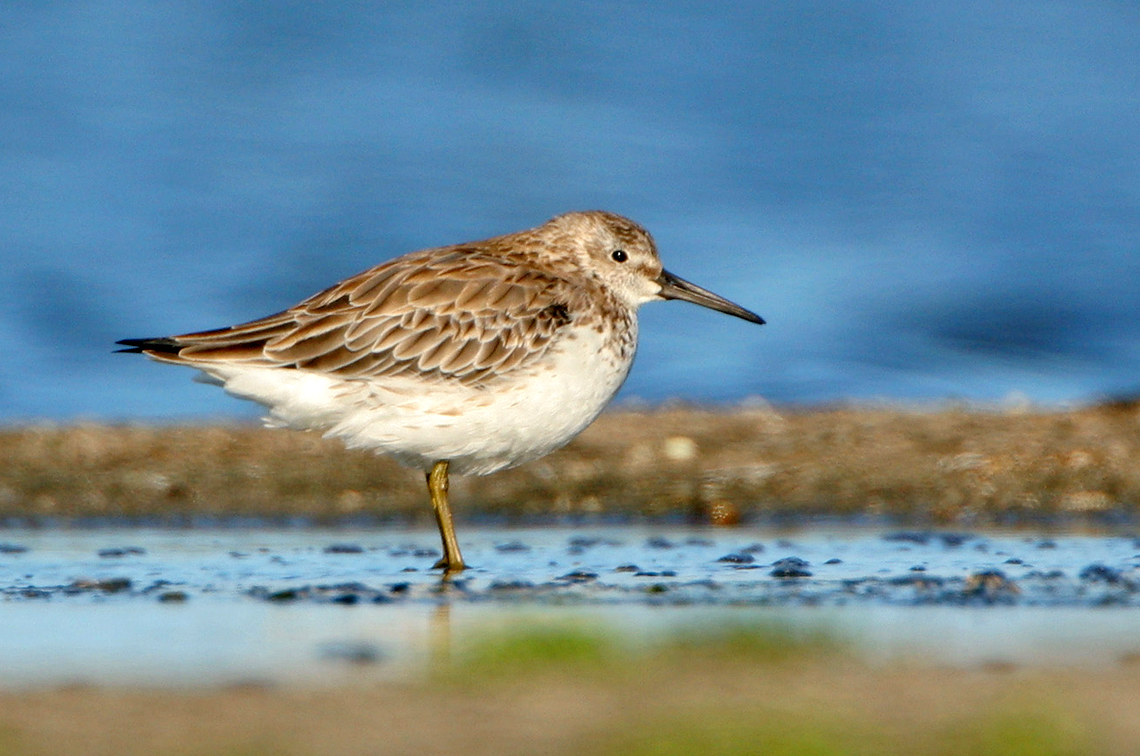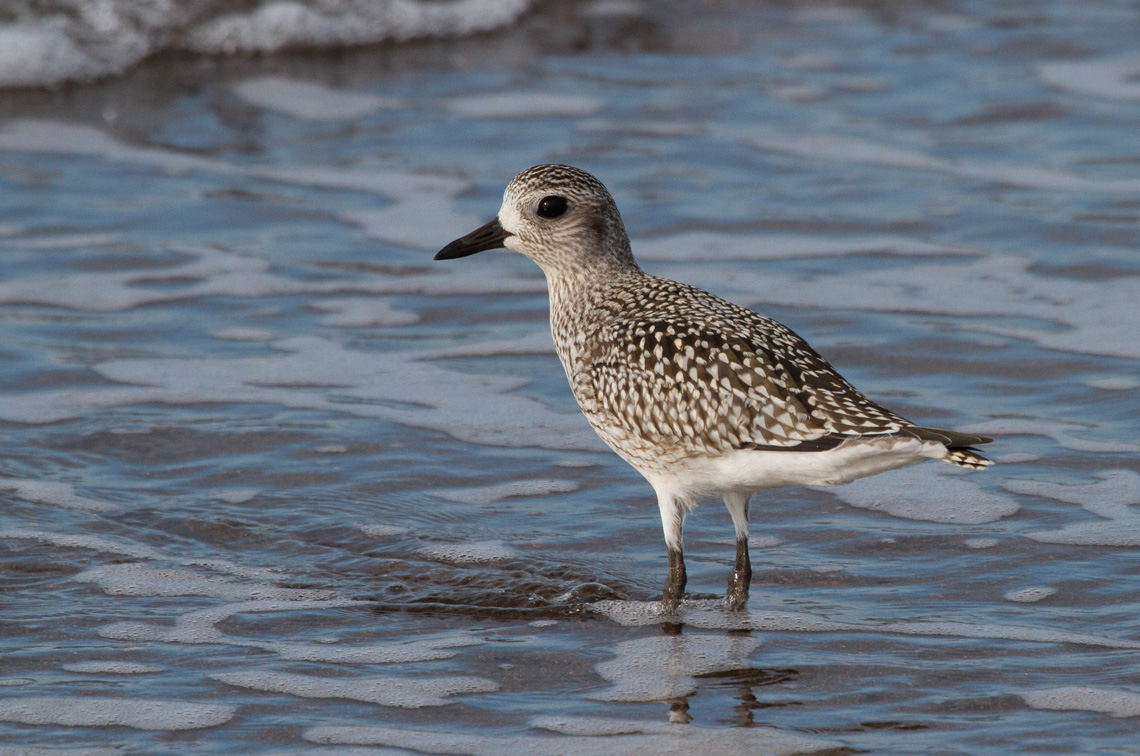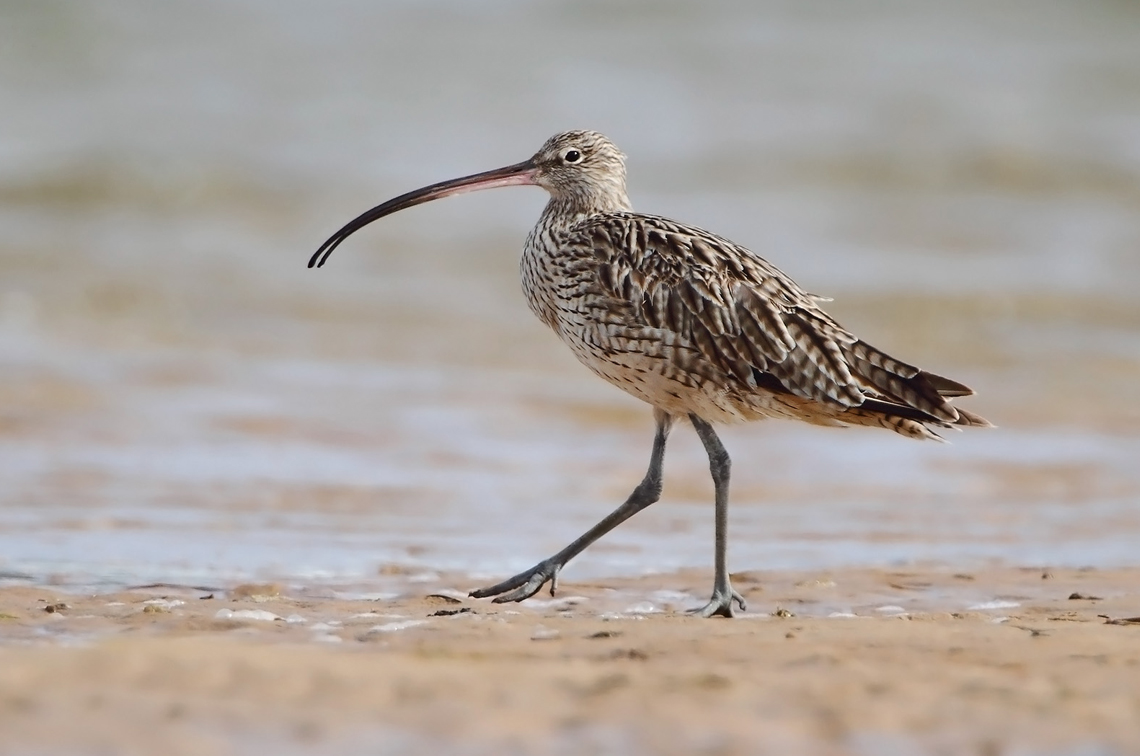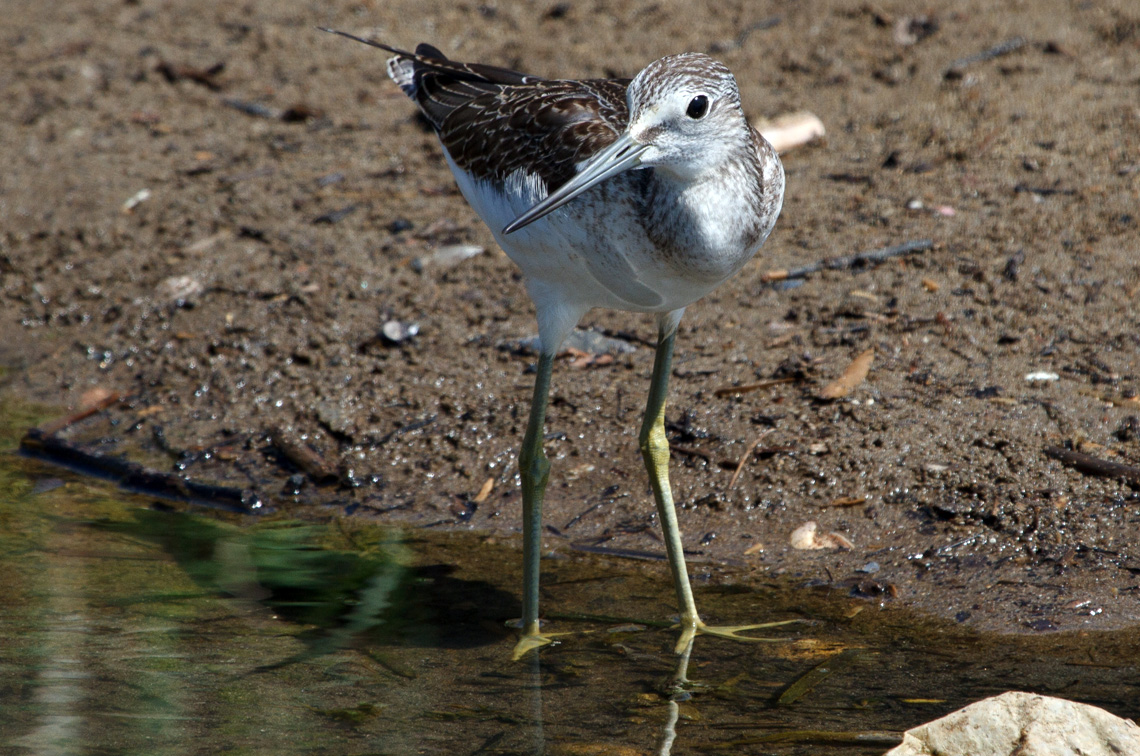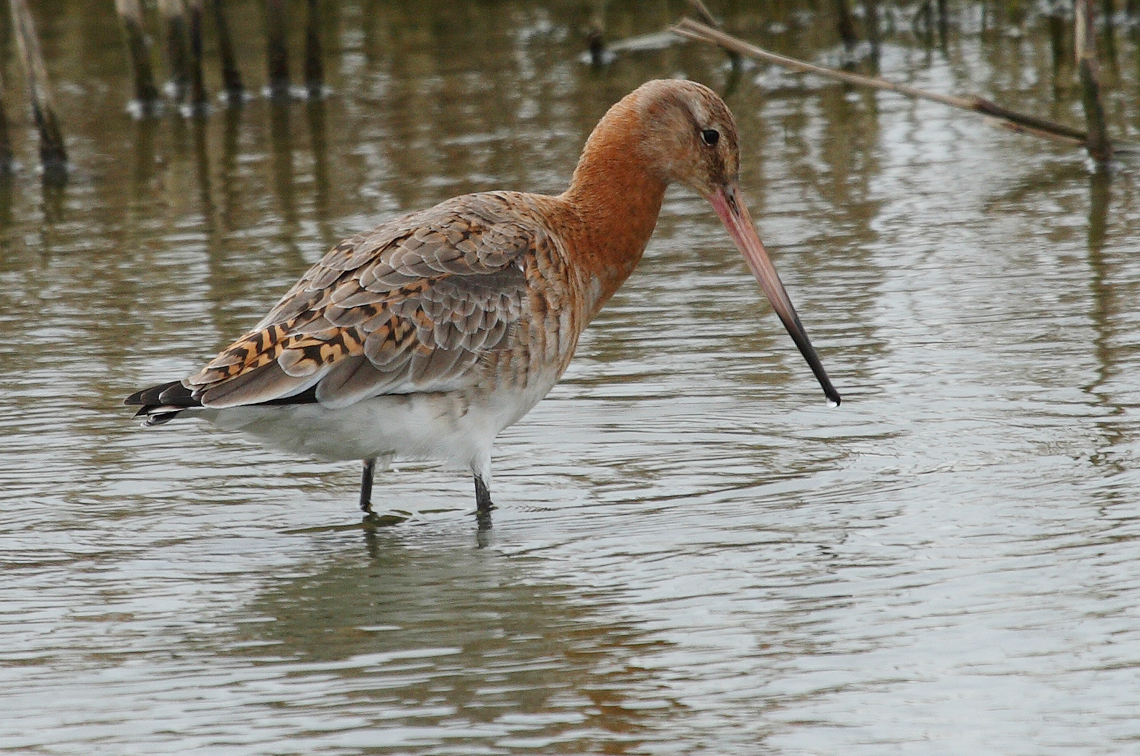Coastal Australia is home to 37 regularly occurring migratory shorebird species, with many protected areas including Ramsar sites designated on the basis of shorebird populations.
Australia forms the southern terminus of the East Asian-Australasian Flyway. Millions of migratory shorebirds journey each year from their breeding grounds in the Arctic and subarctic to Australasia, stopping at critical refuelling points in East Asia along the way. Shorebirds depend exclusively on wetlands during migration and non-breeding season, with the majority of species being mostly restricted to coastal intertidal habitat where they look for invertebrate prey in sediment or among the rocks.
They face threats including climate change and declining habitat at breeding grounds, sea-level rise, hunting of birds for sport and subsistence, vegetation encroachment on tidal flats and human disturbance. Many migratory shorebird species are declining rapidly, and these are the focus of conservation efforts at multiple levels of government in Australia and overseas.
A key question is whether all this conservation activity is starting to slow down the declines of the birds. With the last available migratory shorebird trend analyses dating from about 10 years ago, it was time for an update. To ensure populations have the best chance of recovery and that resources are allocated where they are most likely to have the greatest positive impacts, it is critical to maintain up-to-date information on species trends.
This project updated national trend analyses to determine whether the declines have decelerated, with a focus on 15 migratory shorebird species whose conservation status is being reassessed by the Australian Department of Climate Change, Energy, the Environment and Water.
Approach and findings
The project team analysed 28 years of shorebird monitoring data collected by citizen science and indigenous groups from 448 important shorebird areas around Australia and curated by BirdLife Australia’s National Shorebird Monitoring Program.
Population trend was estimated for 14 of the 15 shorebird species. Four species were declining between 50% and 80% over their assessment period, consistent with listing as nationally Endangered. A further three were declining between 30% and 50%, warranting listing as Vulnerable.
Trends in population abundance were estimated for the 37 regularly occurring international migratory shorebird species that visit Australia. This includes annual predicted abundances at regional and national scales, and average annual percentage change for specific time periods.
Encouragingly, the rate of decline for five species has slowed down in the past decade. Black-tailed Godwit, Curlew Sandpiper, Eastern Curlew, Grey Plover and Nunivak Bar-tailed Godwit all declined less quickly in the most recent decade compared to the two decades prior to that. However, this effect was statistically significant only for the Eastern Curlew.
These slowdowns in shorebird declines do not equate to population recovery and it remains unclear exactly why the trends for some species have decelerated. However, trends must stop before they can reverse, and so this study presents the first evidence of multi-species improvements in the fortunes of our shorebirds. We urge a redoubling of conservation efforts in Australia and around the flyway, to capitalize on this progress, and achieve recovery of these species.
Outcomes
Updated updated national trend analyses ensures shorebird species have the best chance at recovery and resources are allocated in areas likely to have the greatest positive impacts. It improves the available knowledge for:
- reassessments of shorebird conservation status by the Department of Climate Change, Energy, the Environment and Water;
- expansion of the Australian Government’s Wildlife Conservation Plan for Migratory Shorebirds;
- fulfilment of Australia’s international commitments under migratory bird agreements with Japan (JAMBA), China (CAMBA), and the Republic of Korea (ROKAMBA); and
- conservation action through Australia’s 2022–2026 Migratory Shorebird Conservation Action Plan.
The work provides evidence that efforts to conserve shorebird habitat around Australia, and elsewhere in the flyway, must intensify if we want to halt the ongoing declines and commence recovery. Careful analyses of the threats along the flyway need urgently to be made so that species-specific conservation actions can be identified, especially in a post-reclamation era where a broader range of threats now needs to be tackled.
Project location
National
Project leader
Research partners
The University of Queensland
Collaborators
Department of Climate Change, Energy, the Environment and Water
Birdlife Australia
Research users
Birdlife Australia
Commonwealth Threatened Species Scientific Committee
Department of Climate Change, Energy, the Environment and Water
Fact sheet – Project 1.21
Australia’s coastal shorebirds: trends and prospects
Fuller RA (2023) Fact sheet – Australia’s coastal shorebirds: trends and prospects. National Environment Science Program Marine Biodiversity Hub.
Technical report – Project 1.21
Australia’s migratory shorebirds: trends and prospects
Rogers A, Fuller RA and Amano T (2023) Australia’s migratory shorebirds: trends and prospects. Report to the National Environmental Science Program. University of Queensland, Brisbane.

